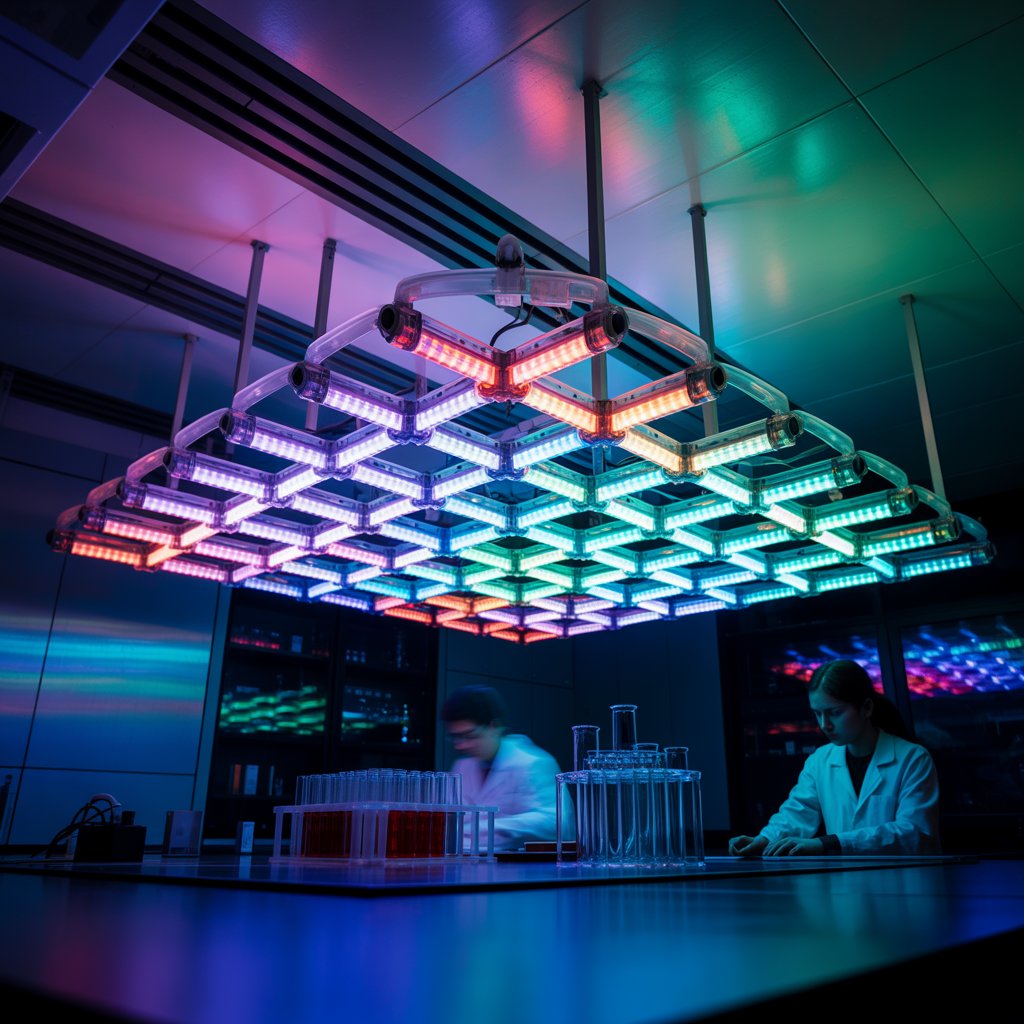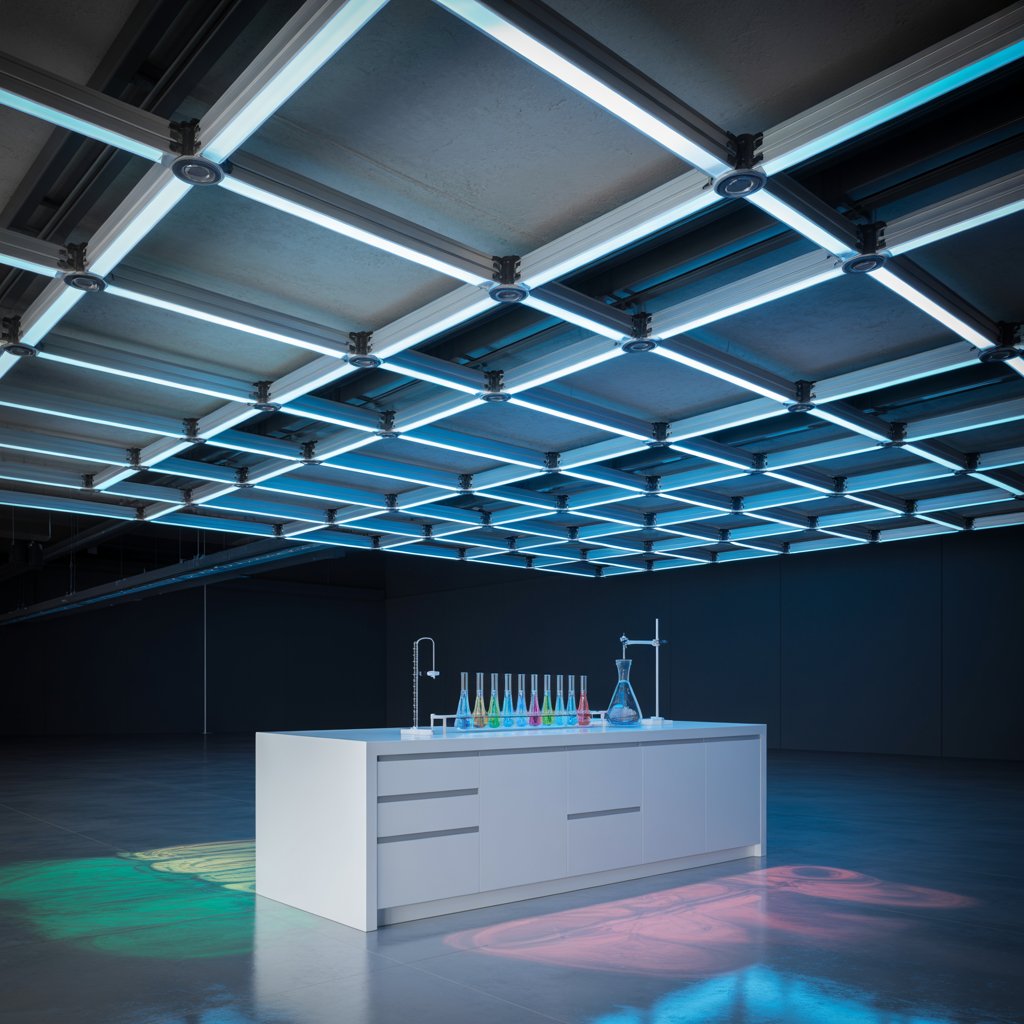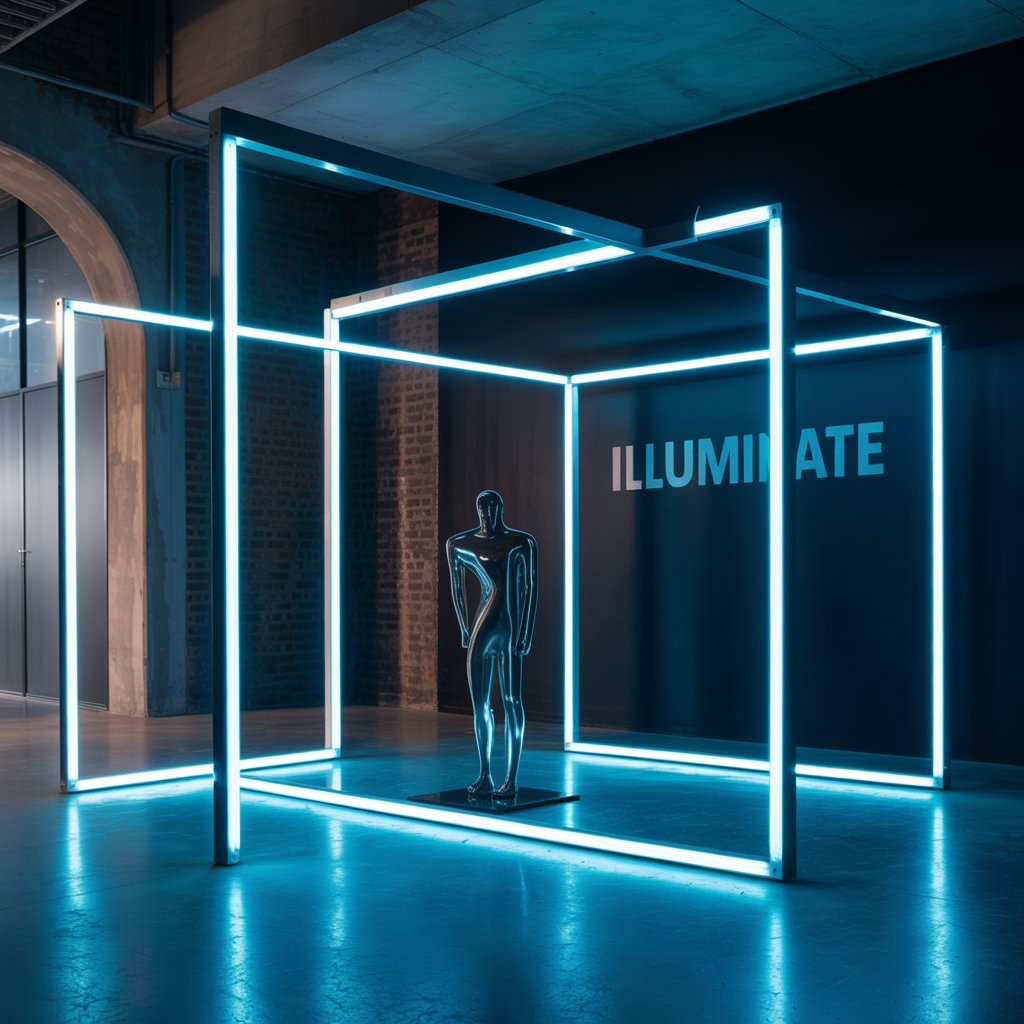Unveiling The Magic: How LED Lights Work?
How do you illuminate your home efficiently and stylishly? The answer, increasingly, lies in understanding LED lights. This comprehensive guide explores the fascinating world of LED technology, delving into how these energy-efficient marvels function, their advantages, limitations, and future implications. We’ll unravel the science behind LED lighting, covering everything from semiconductor physics to practical applications,…
How do you illuminate your home efficiently and stylishly? The answer, increasingly, lies in understanding LED lights. This comprehensive guide explores the fascinating world of LED technology, delving into how these energy-efficient marvels function, their advantages, limitations, and future implications. We’ll unravel the science behind LED lighting, covering everything from semiconductor physics to practical applications, ensuring you leave with a complete understanding, regardless of your prior knowledge. Get ready to shine a light on the technology illuminating our future!
To dispose of “How LED lights work” documents, recycle them as paper waste if printed. For digital files, delete securely using file shredder software. LED lights themselves should be taken to an e-waste recycling center, as they contain electronic components not suitable for regular trash.
Light-Emitting Diodes, or LEDs, are semiconductor devices that convert electrical energy into light. Unlike incandescent bulbs that generate light through heat, LEDs produce light directly through electroluminescence – the emission of light from a material in response to an electric current. This process is highly efficient, resulting in significantly less wasted energy as heat.
How LED Lights Work?
Understanding the p-n Junction
At the heart of an LED is the p-n junction, formed by joining p-type and n-type semiconductor materials. P-type semiconductors have an excess of “holes” (positive charge carriers), while n-type semiconductors have an excess of electrons (negative charge carriers). When a voltage is applied across the junction, electrons from the n-type material flow into the p-type material, recombining with the holes. This recombination process releases energy in the form of photons – particles of light.
Read More: How to Dispose of LED Light Bulbs? Simple & Effective Ways
The Color of Light: Band Gap Energy

The Role of Band Gap
The color of light emitted by an LED is determined by the energy difference between the valence band and the conduction band of the semiconductor material, known as the band gap energy. Different semiconductor materials have different band gap energies, resulting in LEDs emitting various colors, from red to blue and even ultraviolet (UV) or infrared (IR).
LED Construction and Packaging
Materials and Design
LEDs are typically made from gallium arsenide (GaAs), gallium nitride (GaN), or other compound semiconductors. These materials are carefully grown and doped to achieve the desired properties. The semiconductor chip is then packaged to protect it and enhance light extraction. Various packaging techniques optimize the direction and intensity of the emitted light.
Read More: Why Do LED Lights Flicker? Reasons & Solutions
How LEDs Produce Light: Electroluminescence Explained

The Process in Detail
When an electric current flows through the p-n junction, electrons are injected from the n-side into the p-side, and holes are injected in the opposite direction. As electrons and holes recombine, they release energy in the form of photons, creating light. This process is highly efficient compared to other lighting technologies because it directly converts electrical energy into light without significant heat loss.
Read More: Are Led Lights Bad for Your Eyes? A Scientific Answer For You
Comparing LEDs to Other Lighting Technologies
Incandescent, Fluorescent, and LED
Let’s compare LEDs with traditional incandescent and fluorescent lights. Incandescent bulbs produce light by heating a filament until it glows, resulting in significant energy loss as heat. Fluorescent lights use electricity to excite mercury vapor, which then emits ultraviolet (UV) light converted into visible light by a phosphor coating. LEDs are far more energy-efficient than both, boasting longer lifespans and lower operating costs.
The Advantages of LED Lighting

Energy Efficiency, Longevity, and More
-
- Energy Efficiency: LEDs consume significantly less energy than incandescent and fluorescent bulbs for the same amount of light output.
- Longevity: LEDs have a much longer lifespan, reducing replacement costs and maintenance.
- Durability: LEDs are resistant to shock and vibration, making them suitable for various applications.
- Environmental Friendliness: LEDs contain no mercury or other harmful substances, making them environmentally friendly.
- Dimmability: Many LEDs are dimmable, allowing for flexible control of light levels.
Limitations of LED Lighting
Drawbacks and Considerations
While LEDs offer numerous advantages, they also have some limitations. The initial cost of LEDs can be higher than traditional bulbs. Furthermore, the color rendering index (CRI) of some LEDs might be lower than that of incandescent bulbs, affecting the appearance of colors. Heat dissipation can also be a concern in high-power applications.
Different Types of LEDs: Applications and Specifications
From Small Indicators to Powerful Floodlights
LEDs come in various forms and sizes, ranging from tiny indicator lights used in electronic devices to large, high-power LEDs used in streetlights and other outdoor lighting applications. Their diverse applications stem from their flexibility in design and adaptability to different power requirements. Specifications such as lumens, color temperature, and CRI are crucial factors when selecting LEDs for specific purposes.
Understanding LED Specifications: Lumens, Watts, and CRI
Decoding the Technical Details
Understanding LED specifications is crucial for selecting the right LED for your needs. Lumens measure the total amount of light emitted, watts measure power consumption, and the Color Rendering Index (CRI) indicates how accurately colors appear under the LED light. Higher lumens mean brighter light, lower watts mean lower energy consumption, and a higher CRI (closer to 100) means more accurate color reproduction.
Setting Up LED Lighting Systems
Installation and Considerations
Installing LED lighting systems can range from simple bulb replacements to complex integrated systems. Factors to consider include the type of LED, power supply requirements, heat dissipation, and the overall design of the lighting system. Proper installation is essential for optimal performance and safety.
The Future of LED Lighting Technology
Innovations and Advancements
LED technology continues to evolve, with ongoing research focusing on improving efficiency, enhancing color rendering, and developing new applications. Micro-LEDs, for example, are emerging as a promising technology with the potential for ultra-high resolution displays and extremely energy-efficient lighting.
LED Light Dimming and Control
Smart Lighting and Automation
Many modern LED lights offer dimming capabilities, allowing for adjustable light levels. This can be achieved through various methods, including simple dimmer switches or sophisticated smart home systems that enable automated control based on time of day, occupancy, or other factors. Smart lighting systems offer unparalleled convenience and energy savings.
Troubleshooting Common LED Lighting Issues
Problem Solving and Maintenance
Troubleshooting LED lighting problems might involve checking connections, replacing faulty bulbs, or addressing heat dissipation issues. Regular maintenance, including cleaning LED fixtures, can extend their lifespan and improve performance. Understanding common issues and their solutions can save time and money.
The Environmental Impact of LED Lighting
Sustainability and Energy Conservation
The widespread adoption of LED lighting has a significant positive environmental impact. Their superior energy efficiency compared to traditional lighting technologies contributes to reducing carbon emissions and lowering energy consumption. This aligns with global sustainability goals and promotes a greener future.
Cost Comparison: LEDs vs. Traditional Lighting
Return on Investment and Long-Term Savings
While the initial cost of LEDs might be higher than traditional bulbs, the long-term savings in energy consumption significantly outweigh this initial investment. Calculating the return on investment based on energy costs, bulb lifespan, and replacement frequency can clearly demonstrate the financial benefits of switching to LEDs.
Frequently Asked Questions
What are the different color temperatures of LEDs?
LEDs are available in various color temperatures, measured in Kelvin (K). Lower Kelvin values (e.g., 2700K) represent warmer, yellowish light, while higher values (e.g., 6500K) represent cooler, bluish light. The ideal color temperature depends on personal preference and the intended application.
How long do LED lights last?
LEDs have a considerably longer lifespan than traditional incandescent and fluorescent bulbs. Their rated lifespan can vary depending on the manufacturer and model, but many LEDs can last for 25,000 hours or more.
Are LED lights safe?
LEDs are generally safe to use. However, it’s crucial to choose LEDs from reputable manufacturers that meet safety standards. Always follow the manufacturer’s instructions for proper installation and use to avoid potential hazards.
Can LED lights be recycled?
Yes, many LEDs can be recycled. Check with your local recycling facilities to see if they accept LED bulbs. Proper disposal of LEDs is important to prevent environmental contamination.
Final Thoughts
Understanding how LED lights work unveils a fascinating intersection of physics and technology. From their efficient electroluminescent process to their numerous advantages over traditional lighting, LEDs represent a significant leap forward in illumination technology. Their energy efficiency, longevity, and environmental friendliness make them a sustainable and cost-effective choice for homes, businesses, and public spaces. Switching to LEDs isn’t just about brighter lights; it’s about a smarter, greener future. Embrace the illuminating power of LEDs, and experience the difference for yourself. Consider the specifications, the various applications, and the long-term benefits before making a choice for your lighting needs. The future of lighting is bright, literally and figuratively.

